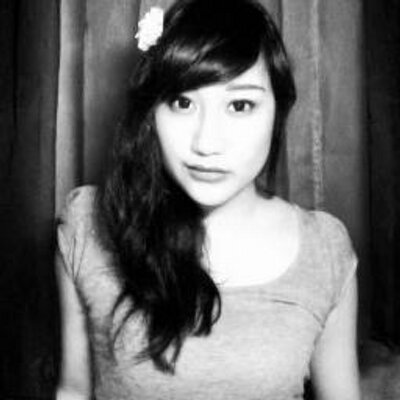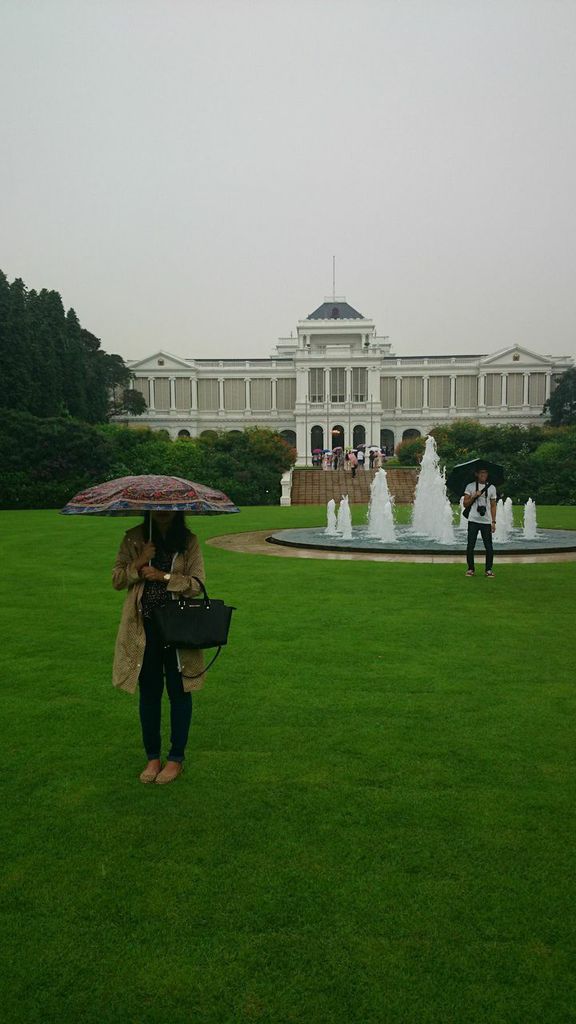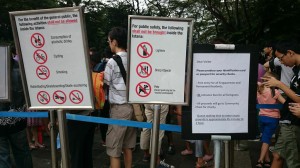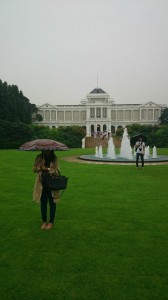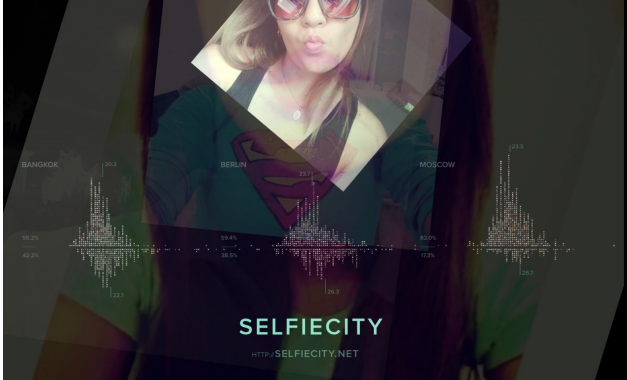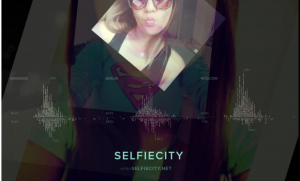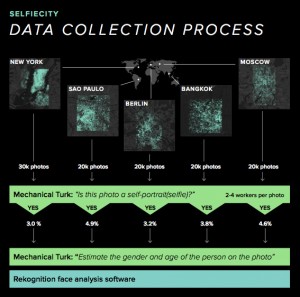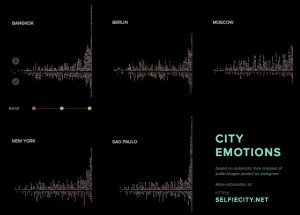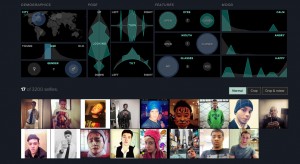Hello from Singapore!
你好,从新加坡!
Last Wednesday was a public holiday for us Singaporeans as it was Deepavali – the Indian festival of light. In conjunction with Deepavali, the Istana held an Open House which was open to the public. The Istana had its first open house on 1 Jan 1960 and has since opened its doors to the public on selected public holidays.
上周三是公众假期,我们新加坡人,因为它是屠妖节 – 光的印度节日。在屠妖节的同时,总统府举行的开放日为公众开放。总统府了首次开放日上1960年1月1日,至今敞开大门向公众选择公共假日。
Usually, I just walk past the Istana gates wondering what lies in there without ever venturing in due to the heavy presence of policemen and guards. I got to enter the massive gates visit the sprawling grounds of the Istana on the public holiday as it was an Open House day.
通常情况下,我只是走过去总统府大门想知道什么就在于有没有给过警察和警卫的重存在冒险的原因。我开始进入大规模的大门参观总统府的广阔场地上的公众假期,因为它是一个开放参观的日子。
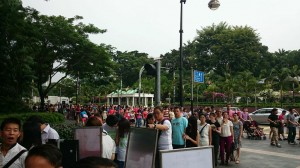
Here’s a picture of the queue that had built up shortly after the opening hours! Singaporean citizens, permanent residents and foreign visitors alike queue up orderly in anticipation.
下面是已经开放时间后建立起来不久的队列的图片!新加坡公民,永久居民和外国游客排队有序预期。
We were only let in after a series of stringent checks by the police force – including the xray machines you have at airports.
我们经过了一系列严格的检查,由警察只让 – 包括你在机场的X光机。
The Istana is the official residence and office of the President of Singapore and it means palace in Malay, my mother tongue language. It is where the president receives and entertains important state guests. It is situated on a very large plot of land in the urbanised setting of Orchard Road (which is Singapore’s retail and entertainment boulevard very popular with tourists).
总统府是在官邸与新加坡总统的办公室,这意味着宫马来语,我的母语的语言。这就是总统和接受招待国家重要的客人。它坐落在乌节路的城市化设置(这是新加坡的零售和娱乐大道与游客非常流行的)一个非常大的一块地。
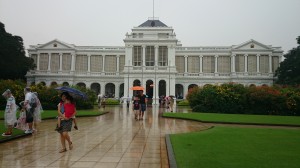
Built between 1867-1869 while Singapore was still under the colonalisation of the British, the British colonial government acquired the land and built an official home for the British Governor under the instructions of Sir Harry Saint George Ord. When Singapore gained self-government in 1959, the Governor was replaced by the “Yang-di-Pertuan-Negara” (head of state) and then replaced by the President.
内置1867至1869年之间,而新加坡仍是英国的殖民下,英国殖民政府获得的土地和建在哈利圣先生乔治·奥德的指令的官方主页的英国总督。在新加坡获得自治,1959年,总督是由“杨二Pertuan-国行”(国家元首)所取代,然后由总统取代。
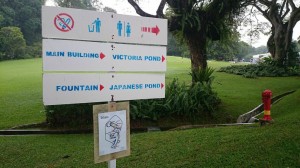
State gifts are exhibited in the Banquet Hall during the Istana’s open house days, and the centerpiece of this room is the 220kg, 2.35-metre wide Maria Theresa-styled candelabra chandelier and the State Room and the Reception Hall has plasterwork of fruits as part of the ceiling’s decorative feature. Unfortunately, no pictures were captured of these as we weren’t allowed to take pictures inside.
国家礼物在总统府的开放日展出的宴会厅,和这个房间的中心是220公斤,2.35米宽的玛丽亚特里萨风格的烛台吊灯和国家间和接待大厅有水果灰泥的一部分天花板的装饰功能。不幸的是,没有图片被抓获的这些,因为我们不允许里面拍照。
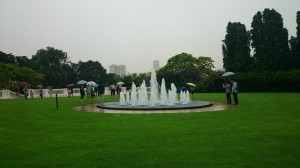
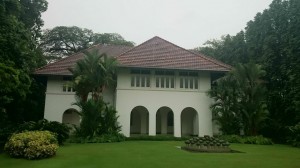
The Villa, built in 1938, has housed distinguished guests such as Premier Deng Xiaoping, President George Bush, and PM Dr Mahathir Mohamad.
别墅,建于1938年,一直住贵宾,如总理邓小平,布什总统和PM马哈蒂尔博士
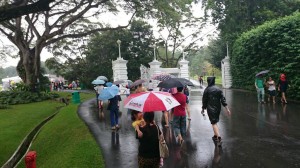
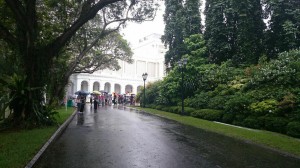
Fortunately, the rain did not damper the spirits of all the visitors who came to visit the grand premises.
幸运的是,雨没有阻尼所有谁前来参观的宏伟楼宇游客的兴致。
I’ll leave you with a picture of me in the premises on that day!
我将离开你我的那一天处所的图片!
To find out more about the Istana, Click here.
要了解更多关于总统府,请点击这里。
